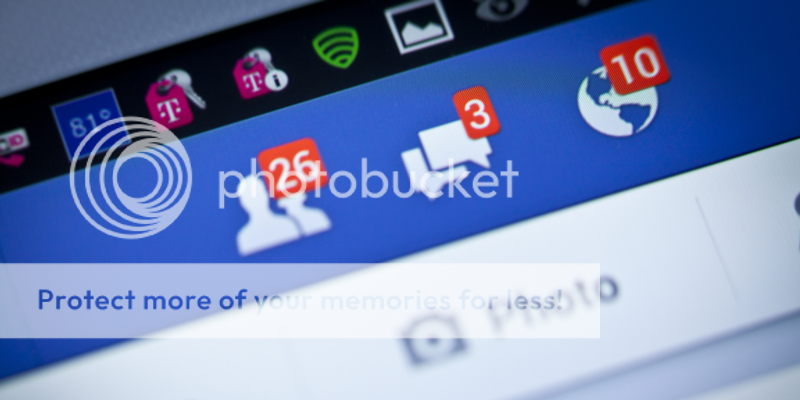Is Facebook Building the 21st Century Procter & Gamble?

February 10, 2015
Dave Knox
Digital Innovation and Disruption

Back in 2008, I had the chance to lead P&G’s Joint Business Planning with Facebook (as well as the other big digital media players). The intent of the Joint Business Plan wasn’t about just increasing advertising dollars. It was about knowledge sharing between the two companies with the goal of having a strategic relationship where we both became better businesses as a result. This cultural exchange was about P&G accelerating our digital knowledge, while Facebook learned how brand marketers thought. Following the announcement of their purchase of WhatsApp, it looks like Facebook didn’t just learn how to think like P&G but maybe how to become P&G as well.
What I mean is that Facebook appears to be using the Procter & Gamble playbook for building a “house of brands.” This playbook is about building a portfolio of businesses that often will compete against each other but ultimately giving your company a larger market share. For instance, P&G’s global laundry market share is around 31%. This includes brands like Tide, Gain and Ariel, each of which contributes above $1 billion in annual sales. But they also have brands like Bounce, Downy, Era and others that all compete in the same space. The same goes for Baby Care with both Pampers and Luvs, as well as Hair Care with Pantene, Head & Shoulders, Aussie, and Herbal Essences.
Facebook has a history of being active in the acquisition space, with WhatsApp being their 45th purchase. But historically, all of their purchases were either acqui-hires for the talent or a foundation for a future Facebook feature. For instance, Hot Potato became the basis for Facebook Places and Karma became Facebook Gifts.
But this might be changing. The first indication was the purchase of Instagram in April 2012. At the time, Instagram CEO Kevin Systrom wrote bluntly in a blog post that, “Instagram is not going away.” As we near the two year anniversary of that deal, those words have held true and Instagram is an even stronger brand today than it was back then. With the WhatsApp purchase, the key message track for Zuckerberg and company is that “WhatsApp is on a path to connect 1 billion people.” The talk isn’t around how WhatsApp will fix Facebook Messenger but instead its all about the potential of the WhatsApp brand and service.
If you look at P&G’s Purpose, they say that they “will provide branded products and services of superior quality and value that improve the lives of the world’s consumers, now and for generations to come.” Facebook on the other hand talks about their purpose being “to give people the power to share and make the world more open and connected” With the addition of WhatsApp and Instragram, you could argue that these purposes are becoming more and more similar. Facebook now has three “branded products and services of superior quality and value that improve the lives of the world’s consumers” to “share and make the world more open and connected.”
People were shocked at the price of Facebook’s purchase of Instragram in 2012. And there is even greater disbelief as the WhatsApp acquisition goes down as one of the largest M&A deals in history. But in many ways, both of these deals are similar to the moves P&G made to buy Gillette for $57 billion and Clairol for $5 billion. With Gillette, P&G gained one of the strongest male grooming brands in the world, while Clairol was a foundation for the scale of P&G Beauty. For Facebook, WhatsApp has the same role in Messaging, while Instagram offers it for Photos.
In the end, Facebook is following the same strategy of building a House of Brands that has built the great CPG companies like P&G, Unilever, and Nestle. I’d say they clearly learned something about building brands during all those Joint Business Plan meetings years ago.
Source: Dave Knox
Want to bring Dave to your next event? Let us know here. We'd love to help make it happen!









